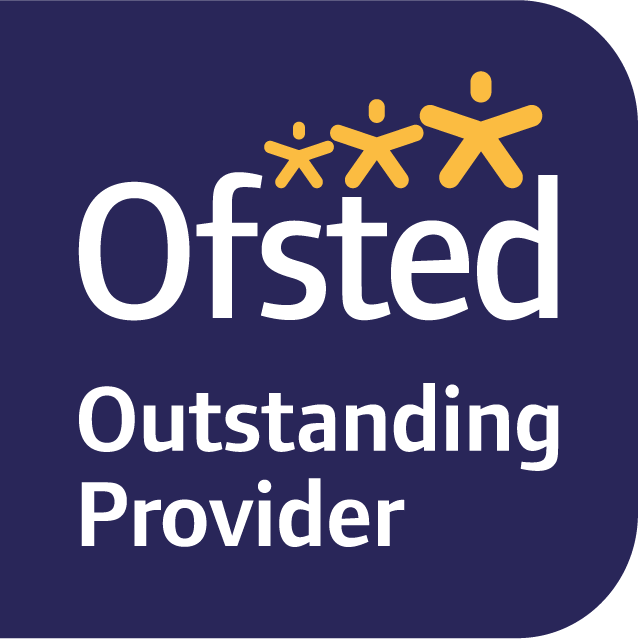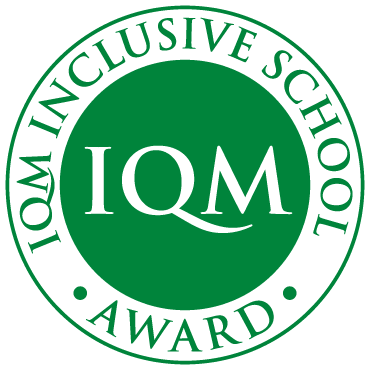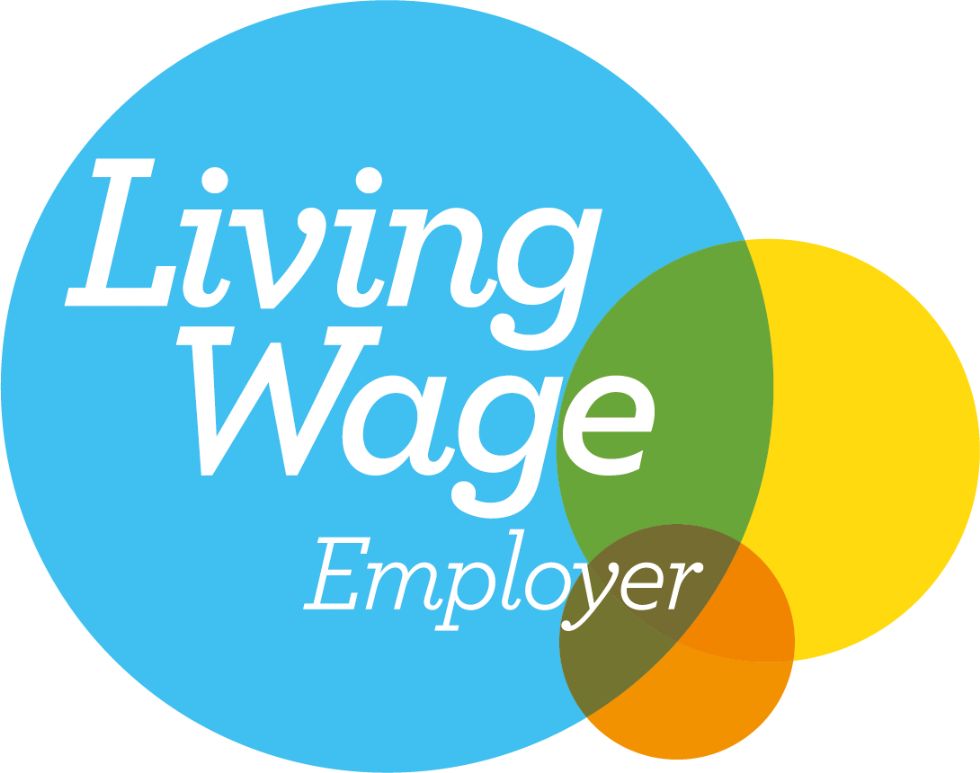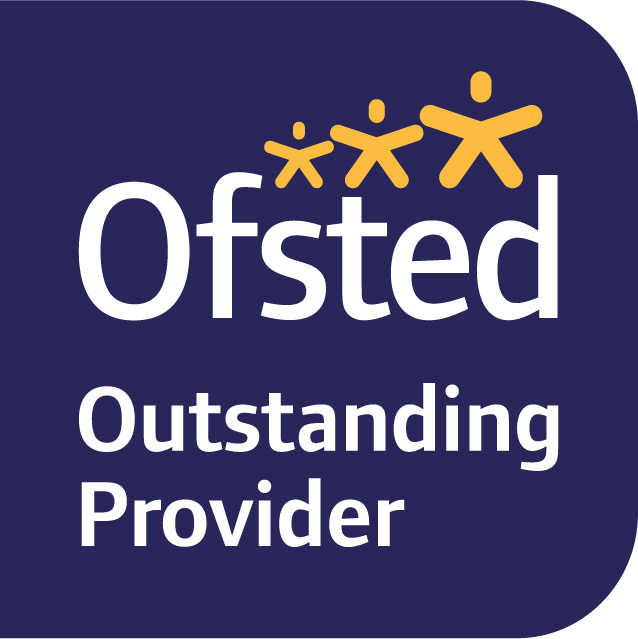Curricular Goals and pedagogy
Contents
- The aims of this document
- The aims of our curricular goals
- How we teach and children learn - our pedagogy
- What children will experience
- What are our curricular goals?
- Why we teach this way
- Read the research
2-, 3- and 4-year-old ‘Curricular Goals’ and assessment
November 2022
Fourth edition
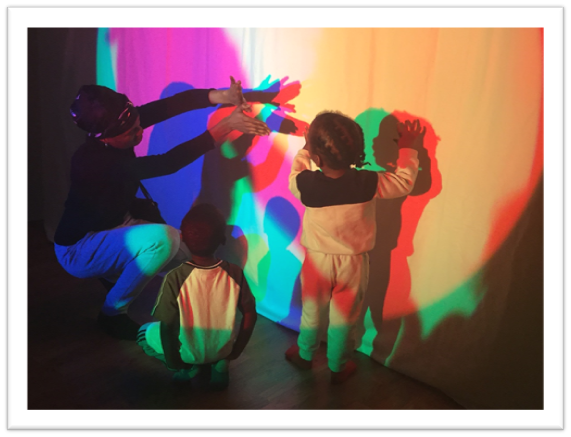
Why and how we wrote our curricular goals
Following the publication of the new EYFS guidance and Development Matters document in September 2021, FANS (Church Hill and Low Hall Nursery Schools) took the opportunity to look at the skills and knowledge we think the children in our nursery schools need to learn by the time they leave us for primary school, and the learning behaviours we can encourage them to develop in their short time with us to help them to become lifelong learners. We developed this document as a staff team using our wide expertise. We have revisited it over the year 2021-22 as well as in our September 2022 INSET, to ensure that we are assessing learning in a meaningful way for our children. We developed these ideas in partnership with other maintained nursery schools, in particular Sheringham Nursery School and Barnet Early Years Alliance, who have kindly shared their processes and thoughtful work around their curriculum and assessment. We have based this document on some of the practice we have seen when working together with them, but refined it for our schools to support the specific needs of our children.
The aims of our curricular goals
We have a clear intent for children as they leave our schools. These Curricular Goals have been created as an example of what a typical 3-year-old (leaving our 2-year-old settings) and 4-year-old will have learnt through our play-based curriculum, which is delivered through high-quality adult interactions and focused activities. It is a part of what we teach children, not all of our curriculum. We recognise that all children develop at different rates: some will take longer to develop these skills and may need extra support to do so. Some will exceed our expectations and work at greater depth during these activities. All children will be taught from their starting point, making progress from their beginnings. Our Curricular Goals are not the only experiences children will have in their time with us, but give us, their families and their transitioning primary schools a good indication of how they learn and when they developed these skills. Each Curricular Goal is based on the statements for 2-, 3- and 4-year olds from Development Matters 2021. For SEND children we plan achievable SMART (Specific, Measurable, Achievable, Relevant, and Time-Bound) targets as part of the support that they receive at FANS, and this is reported directly to their parents in regular meetings.
Recording each child’s progress will help us to plan for children from their interests and individual starting points. Each Key Person will reflect upon how much the milestone statements represent each child’s learning. They will note a date relating to the consecutive numbers in each milestone description when each child was working at this point; the first number symbolising that children are just beginning to display this learning, the median showing that children are doing this with help, and the last number signifying that this statement describes their learning well. Leaders will then collate this information so we can see who needs further support or experiences, and who will benefit from extension activities, working at greater depth in an area. Each child’s Key Person will also create a Special Book to record significant observations and collect drawings, stories and photographic evidence to build a picture of each child and their interests, skills, and learning development. From September 2022, families receive a termly email with a collation of statements of what their child is able to do in each Curricular Goal. This information will be discussed with the child’s Key Person. At the end of the year this will form a transition report which combines this information with a Key Person’s statement talking about the child’s interests and learning behaviours.
Leaders at FANs will measure the success of this in a number of ways:
By discussing the progress of groups of children to ensure everyone is making good progress from their starting points; by working with individual Key People to ensure they are planning for all their Key Children; through staff meetings when we plan for individual children and groups; by using the Sustained Shared Thinking and Emotional Well-Being (SSTEW) and Early Childhood Environment Rating Scale (ECERS) rating scales to make sure our practice and provision is the best it can be; by working with governors through learning walks and reports to committees; and most importantly, by listening and talking to our children about what they like and to our families about their experiences of our nursery schools. This information is collated on our School Development Plan, in the Executive Headteacher’s report to the Full Governing Body, and on the Self Evaluation Form for Ofsted.
What children will experience
Our pedagogy
a child-initiated, play-based curriculum with high-quality interactions from the adults who work with me. They will plan focused activities to introduce new ideas and build on my current interests.
Key person
A warm welcome from my Key Person when I start nursery to support me as I get used to separating from my family. My Key Person will become very important to me as I grow in confidence and make friends.
Our Curricular Goals
A continuous provision of play both inside and outside. This provision includes an adult-led snack table.
Books
Core books that represent new ideas and a variety of cultures, with rich stories that develop a love for reading. Tales Toolkit to develop my knowledge of stories.
Experiences
Core experiences such as gardening, cooking and looking after our school pets.
Trips
Trips to local places, libraries, places of natural beauty, museums, art galleries, places of worship and to visit people who help us.
How we teach and children learn
Physical Development
Adults help me to try new things during my play. This helps me to stay safe but also take risks. Once I have control of my body and tools I take risks and make judgements on how to keep safe while I explore with my friends.
Through a rich play environment, my movement, large and small, is developed through challenge. The adult-guided snack table teaches me that I can make healthy choices. I explore new healthy foods with adult support. I understand why I need to wash my hands through discussions in these moments.
Personal, Social, and Emotional Development
Good relationships are the key to my future. I build a good relationship with my Key Person who supports me to feel confident in myself and make good friendships. They help me to solve problems by finding a solution. Adults model how to share and resolve conflicts.
They plan for my play from my interests and starting points, especially if I am a child with SEND. They model kindness and being gentle.
Communication and Language
Adults are genuinely interested in what I say and think, and look for non-verbal cues that I may use to communicate. They use new language and vocabulary to extend my thinking and knowledge.
They teach vocabulary through new skills and experiences.
Instead of correcting my language, staff model my talk back to me using the correct grammar so I can hear my language in the correct form. They teach me new vocabulary which is slightly beyond my current understanding. They use technical terms. They have high aspirations for me.
Literacy
Adults read new and wonderful stories to me.
We tell stories together.
They model reading and writing to me.
They teach me new vocabulary.
They teach me the sounds of letters, how to break words into sounds and how to blend them back together.
They support me to make marks and talk about their meaning, which over time develops into controlled drawings and letters that represent sounds and writing.
Mathematics
Adults teach me to problem solve in a variety of situations so that I can do things independently. They use the language ‘problem’ and ‘solution’. They model mathematical language to me as I play, and teach me mathematical skills and vocabulary.
We solve problems together through shared sustained thinking.
The environment offers rich experiences in number, shape, space and measuring which allow me to solve mathematical problems, initially with support and then independently. Cooking, snack time and STEM (science, technology, engineering and mathematics) activities give me opportunities to use my mathematical skills as I count and measure.
Understanding the World
Adults inspire me with wonderful objects, language and stories. We visit new places. We investigate how things work together, and through this play I am taught scientific language. I can explore freely for long periods.
Adults extend my knowledge by noticing what I love and am interested in and then planning new experiences to challenge me.
I visit places of worship, museums, galleries and libraries, and meet people who help me to understand the world beyond my own home.
I celebrate my culture and family and the cultures and families of my friends. I take care of animals, watch them grow, and learn how to be gentle.
Expressive Arts and Design
I can explore a range of materials through my play. I am taught new techniques.
My creativity is valued and encouraged: I can try new things, get messy and make mistakes which I learn from.
I experience great joy and wonder through creating in a variety of ways. I get to experience working alongside an artist, hear music and experience theatre and art to inspire me. Adults connect the visits that I go on with my creative responses to help me embed the new vocabulary and ideas. Storytelling is at the core of my learning experience. Adults choose books which help me explore new worlds, people and concepts.
What are our curricular goals?
for 2-3-year-olds:
| I have some favourite stories |
| I enjoy the company of other children |
| I can manage my body on low-level climbing equipment |
| I explore construction kits. |
for 3-4-year-olds:
| I can share my stories with others. |
| I can negotiate with my friends to resolve issues, bouncing back from challenging situations. |
| I can use big climbing equipment confidently while managing risks independently and safely. |
| I can make a model out of self-selected resources. |
| I can write two or more letters from my name. |
| I can follow a recipe. |
| I can make a family tree, talking about my family. |
| I can create music, dances, or songs independently. |
What we assess when
At the age of two and a half...
At two and a half, my Key Person will write the statutory two-year-old 6 weeks after entry check in the Prime Areas.
This is shown to my Headteacher, then shared with my parents, who will add their thoughts to it. If there are concerns about my development this information is shared with the SENDCo who will work with my family to put further support in place for me. This information can also be shared with my health visitor and other experts such as speech and language therapists and educational psychologists.
After the first six weeks in the three-year-old group...
At six weeks my Key Person will complete an on-entry assessment.
This will be shared with my family. If there are concerns about my settling or language this will be shared with the SENDCo, who will work with my family to put in support if I need it.
Once a term in the two-year and three-year-old Special Books and Curricular Goals booklet...
A collection of my drawings.
A Tales Toolkit story (three-year-olds only).
Two observations a month of things that interest me and that I'm very engaged in, with photographs to show my process.
One could reflect a child-initiated play situation, the other a Curricular Goal. This is recorded on an observation sticker.
My Key Person will assess which stage I am at on each Curricular Goal. This information will help the team plan for my next steps. It will also be recorded on a spreadsheet so that the leaders of my school know how different groups are progressing.
My progress will be shared directly with my family via an emailed breakdown of my Curricular Goal progress.
As I leave nursery to go to primary school...
My views on my special book and my achievement in the curricular goals booklet are recorded.
My family's views on my learning and progress in my time at nursery are written down.
This document will be passed on to my primary school so they can plan for my transition.
Why we teach this way
Pedagogy relates to the “how”, or practice of educating. It refers to:
that set of instructional techniques and strategies which enable learning to take place and provide opportunities for the acquisition of knowledge, skills, attitudes and dispositions within a particular social and material context. It refers to the interactive process between teacher and learner and to the learning environment. (Siraj-Blatchford et al. 2002)
It concerns the “how” of adult and child interaction, whilst recognising that how children learn and develop at this stage is not just subject to what is intended to be taught, but that it is also of particular importance how it is facilitated. Research has shown these interactions and experiences are one of the most significant factors explaining the effects of care and early education on children’s learning and development.
Certain pedagogical practices can better stimulate children’s development:
- Firstly, research suggests that the quality of interactions between adults and children plays a highly important role in stimulating early learning. In high-quality interactions, adults are genuinely interested in what the child is doing; adults are listening, are extending children's thoughts and knowledge (i.e. scaffolding), and implement sustained shared thinking methods where children co-construct meanings and interpretations of reality together with supportive adults. In settings where sustained shared thinking was enacted more frequently, children have been noted to make greater developmental progress. Scaffolding-focused learning environments, where the practitioner only attempts to help the child with tasks that are just beyond the child’s current capability, demonstrated greater overall positive effects on children’s development compared to children placed in more teacher-directed and child-centred environments.
- Secondly, play-based learning is found to be a highly effective method in enhancing children’s socio-emotional and academic development. Play has found to contribute most to a child’s development when it is regarded as meaningful, i.e. has the explicit purpose for a child to learn something such as a puzzle or constructional materials. Research indicates that unguided free play is often less effective in stimulating early learning as compared to guided free play.
- Different research findings suggest that, thirdly, pedagogy should neither be too staff-directed or staff-focused with a high share of staff-initiated activities, nor too child-centred where children decide on the activities. While studies on staff-directed approaches have revealed some advantages such as better letter and reading achievement, this approach negatively affects children's motivation to learn.
Read the research
‘Pedagogy in early childhood education and care (ECEC): an international comparative study of approaches and policies’ July 2015 Stephanie Wall, consultant, Ineke Litjens, OECD Miho Taguma, OECD, Published by the Department of Education


